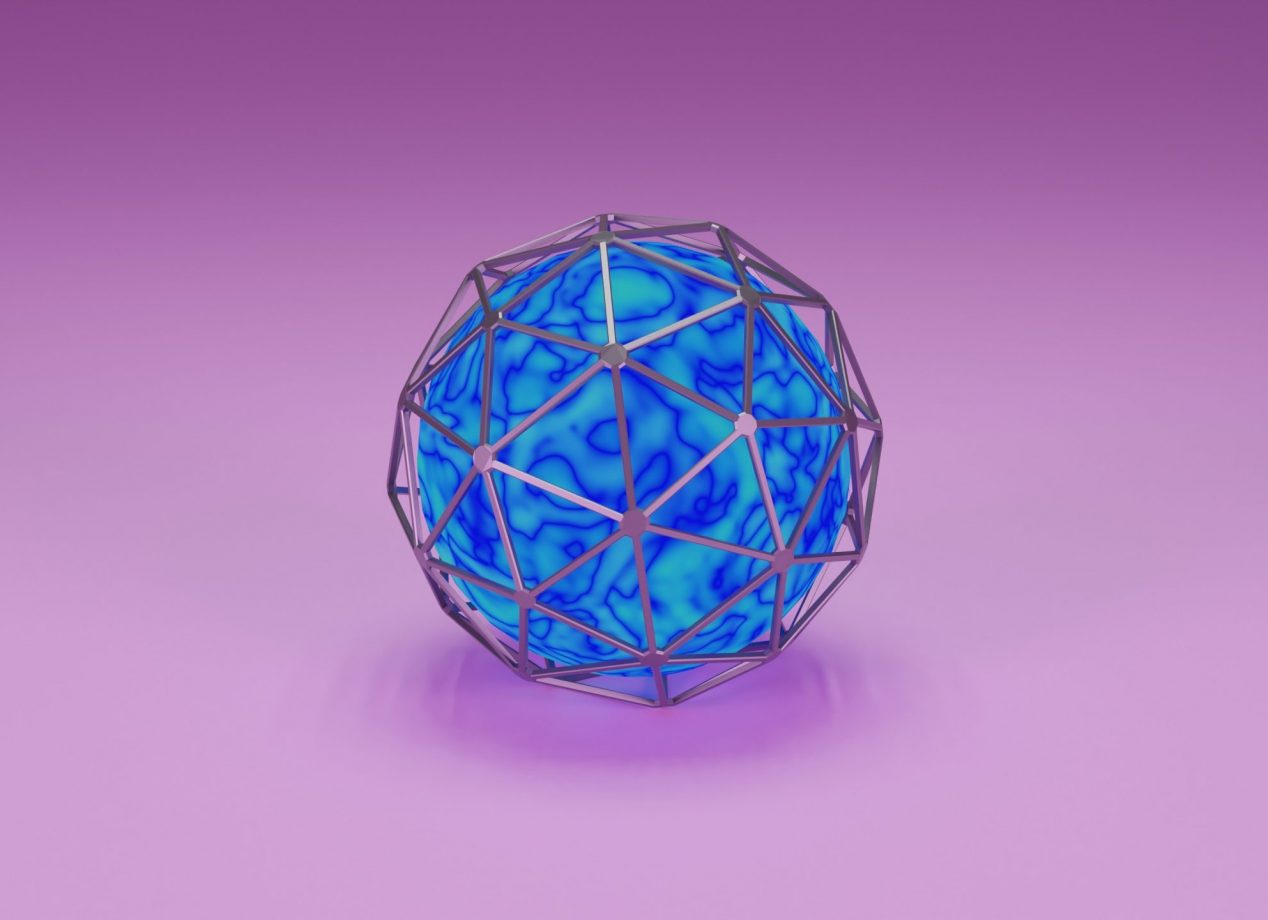Art and Technology have come center stage these past few years, becoming a dominant force in reimagining and revitalizing the art industry’s ways of producing, distributing, and valuing art. Gareth Fletcher, Program Director of the MA in Art Logistics, SIA alumnus, and faculty expert on art and technology, suggests the following readings for anyone looking for a solid grounding on key issues and competencies around art and technology.
NFTs and Blockchain:
The market for non-fungible tokens (NFTs) has received widespread attention and experienced substantial growth since early 2021. Lennart Ante of The Blockchain Research Lab provides an introduction to NFTs, and the value of NFTs to the Ethereum blockchain.
Suggested Reading: “Non-fungible Token (NFT) Markets on the Ethereum Blockchain: Temporal Development, Cointegration, and Interrelations” by Lennart Ante
Art and Risk Monitoring:
University of Catania researchers, observing logistics in fine art, are utilizing IoT (Internet of Things) technology for risk monitoring. Explore their IoT architecture in implementing continuous risk assessment during storage, handling, transport, and exhibition to international leading companies.
Suggested Reading: “Real-Time Risk Monitoring in Fine-art with IoT Technology” by Vincenza Carchiolo, Mark Philip Loria, Marco Toja & Michele Malgeri
Scarcity and Value:
NFTs have enjoyed considerable investor attention recently, with investors buying NFTs for prices that seemed unimaginable for a virtual asset. Read about the value and scarcity of NFTs within blockchain technology, and if alternative paths for blockchain development are possible going forward.
Suggested Reading: ”Non-Fungible Tokens: Blockchains, Scarcity, and Value” by Usman W. Chohan
The Idea of Ownership:
The idea of art ownership has changed form in recent years, with the shared guardianship value in digital museum objects transforming understandings around ownership. This National Museums Liverpool study argues that blockchain technology can contribute to the production of digital museum objects that goes beyond the monetary.
Suggested Reading: “Building Shared Guardianship through Blockchain Technology and Digital Museum Objects” by Frances Liddell
Investment Patterns:
The public attention towards NFTs exploded this past year, but little is understood about the overall structure and evolution of its market. Nature.com looks into NFT data analyzed over the last four years to see the patterns and interests investors and buyers make in purchasing NFTs using machine learning.
Suggested Reading: “Mapping the NFT Revolution” by Matthieu Nadini, Laura Alessandretti, Flavio Di Giacinto, Mauro Martino, Luca Maria Aiello & Andrea Baronchelli
New Opportunities for Fundraising:
NFTs provide an opportunity for fundraising for galleries, libraries, archives, and museums (GLAM) by selling ownership of digital copies. Yet consider the challenges NFTs bring to environmental impact, along with the rising conflict of older institutions and their threat of control over the market.
Suggested Reading: “Crypto Collectibles, Museum Funding, and OpenGLAM: Challenges, Opportunities and the Potential of Non-Fungible Tokens (NFTs)” by Foteini Valeonti, Antonis Bikakis, Melissa Terras, Chris Speed, Andrew Hudson-Smith & Konstantinos Chalkias
